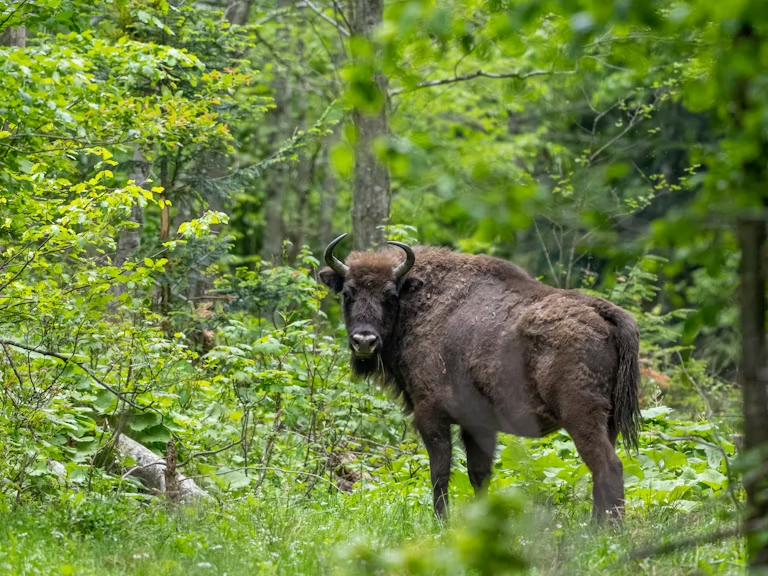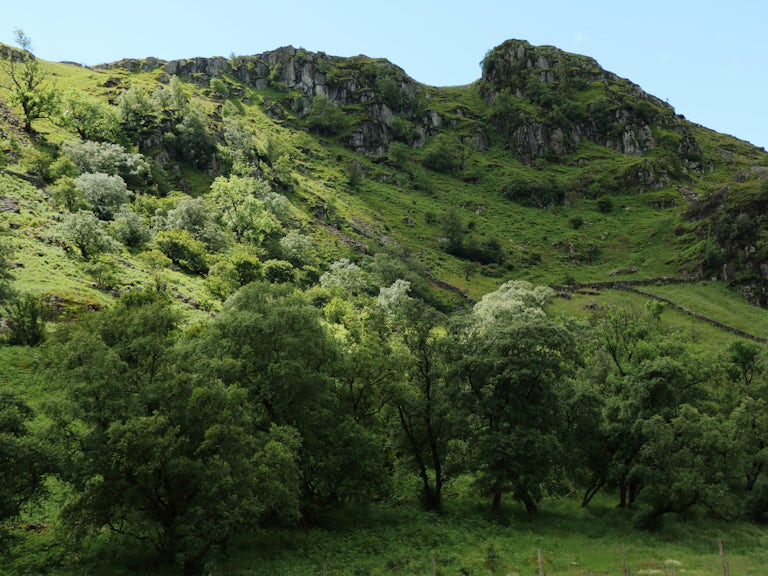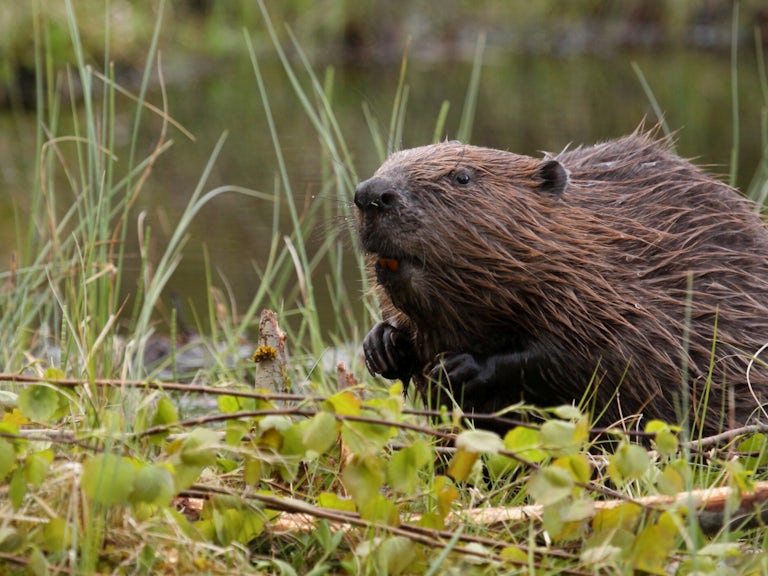Report: Rewilding and climate breakdown
How rewilding can reduce carbon emissions, remove carbon from the atmosphere and halt the ongoing biodiversity loss.
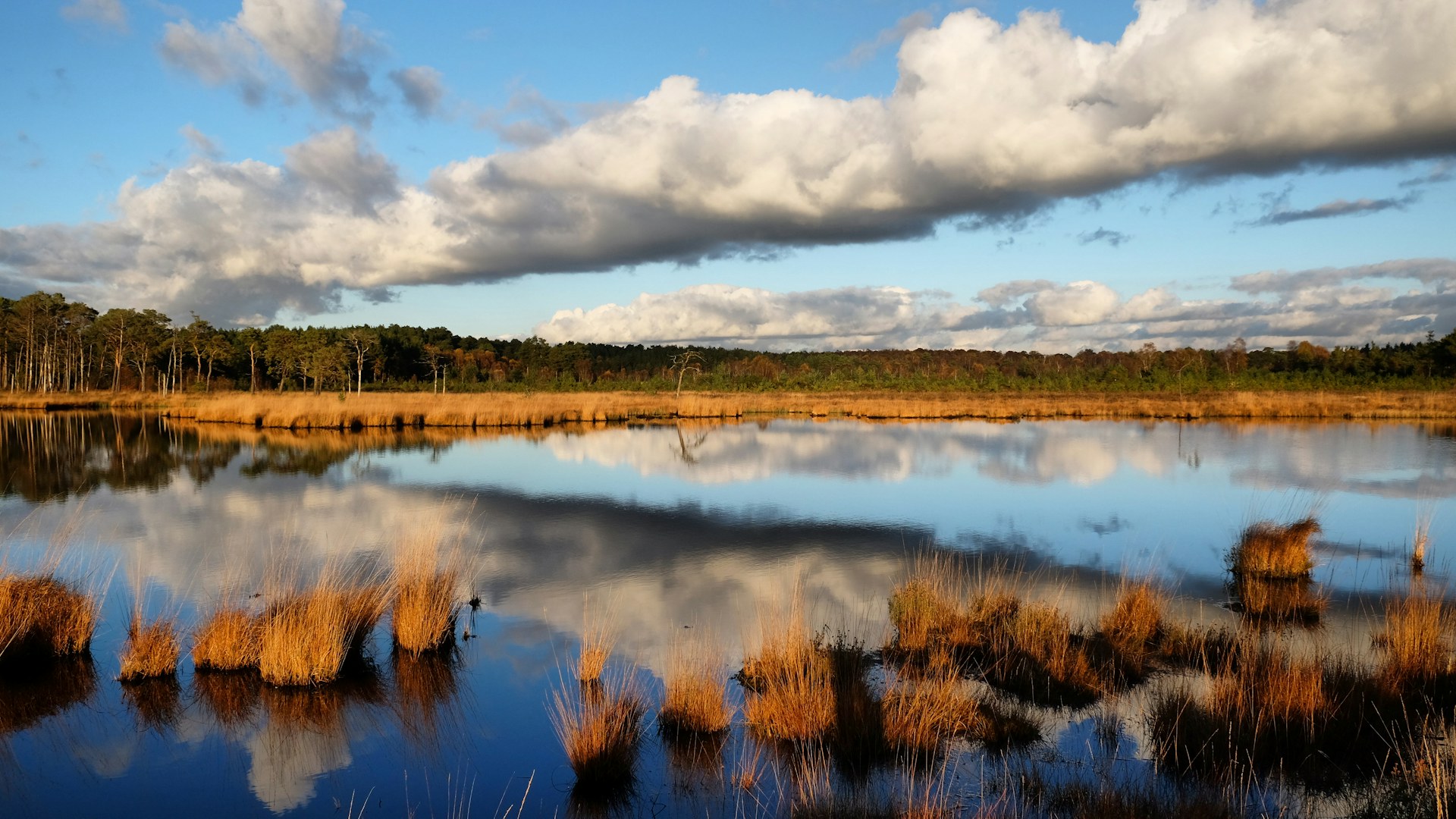
We are at a crossroads. The breakdown of our climate is no longer a fringe concern but is increasingly recognised by the public as an urgent existential threat to both nature and human society. The gap between our awareness of that threat and the inadequacy of our current response has become clear.
The UK has an opportunity to become a world leader in natural climate solutions.
This report outlines how we can support land use change to reduce carbon emissions and remove carbon from the atmosphere as well as stop the ongoing loss of the UK’s biodiversity. In doing so we could also meet the Prime Minister’s pledge to protect 30% of the UK’s land and sea for nature’s recovery by 2030.
Compelling evidence
Our 2021 updated report pulls together evidence that shows:
- Rewilding and other natural climate solutions can draw millions of tonnes of carbon from the atmosphere by restoring and protecting our living systems.
- Additional benefits include flood mitigation, water quality improvement, increased health and wellbeing, enhancement of biodiversity and landscape amenity value.
- Those who work and manage the land play a pivotal role. They should be rewarded for delivering carbon reductions and biodiversity benefits as part of a mosaic of land uses that sustains thriving rural communities.
What we’re asking of government:
Rewilding Britain is calling for the UK and devolved governments to make a bolder financial and political commitment to nature’s recovery.
1. Integrate carbon sequestration into any new ‘public money for public goods’ mechanism
To incentivise large-scale natural climate solutions we propose a model of payments that values carbon sequestration and biodiversity enhancement in different restored ecosystems, particularly focused on less productive and marginal landscapes to minimise the impact on opportunity costs for food production.
Our indicative annual standard payments would support restored peat bogs and heathland at £292/ha, woodland at £413/ha, species-rich grassland at £144/ha, saltmarsh at £322/ha, ponds and lakes at £204/ha, and offshore ecosystems at £161/ha per year.
2. Establish a mandatory economy-wide carbon pricing mechanism linked to carbon emissions
To raise dedicated revenue to help fund natural climate solutions. This should incentivise emissions reductions whilst providing additional funds to support carbon sequestration activities in the agricultural and land use sectors.
The UK’s emissions are 435 million tonnes of CO2 equivalent per year, so if a carbon price was applied across the economy at £40 per tonne this yields a theoretical upper limit of £17.4 billion, although in reality not every tonne of carbon is accounted for, so the real figure will be much lower.
3. Support locally-led partnerships
To coordinate action across landholdings to ensure natural climate solutions are designed and brokered locally within each ecological, economic and cultural context.
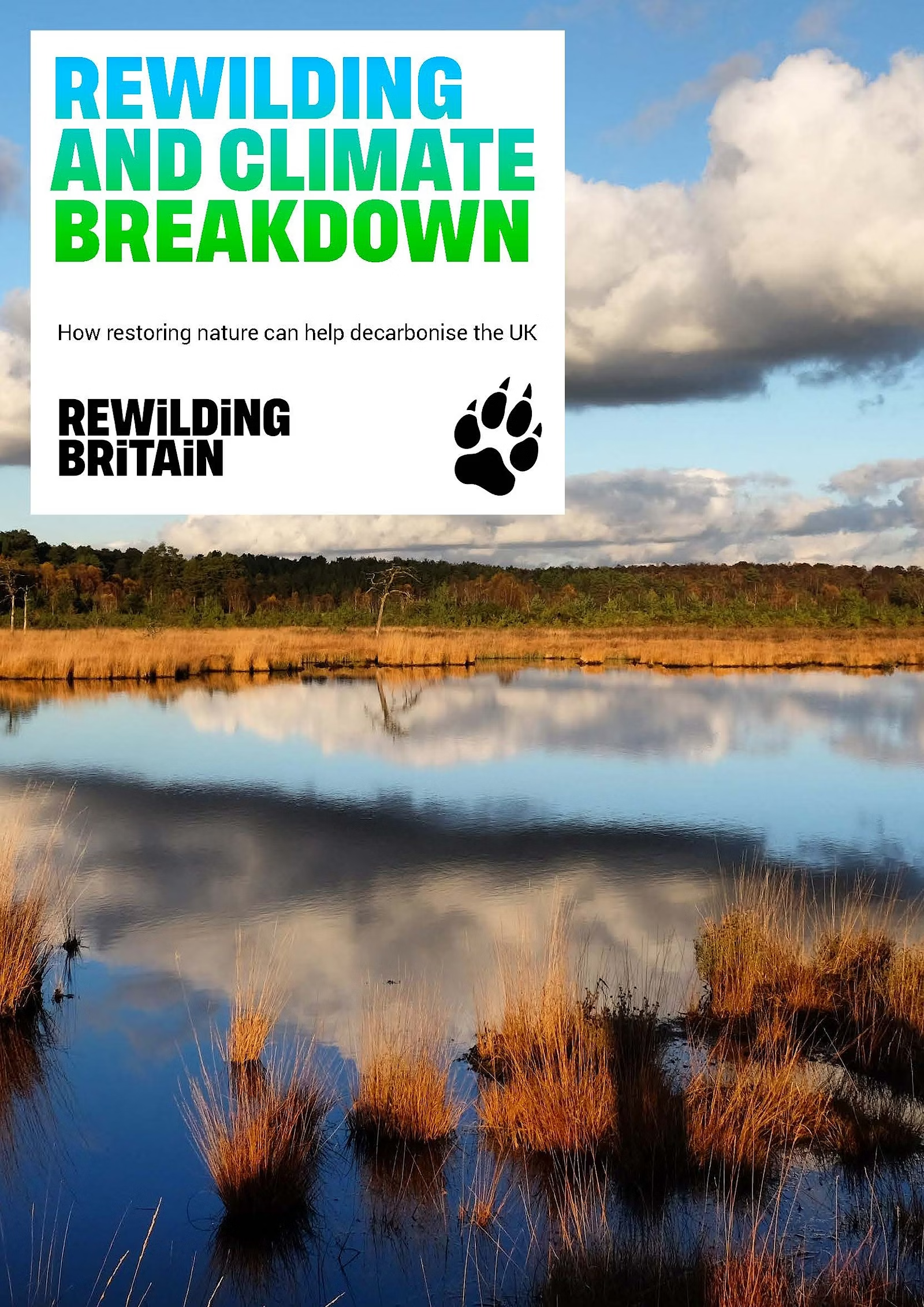
Decarbonising through nature restoration
Download pdf
